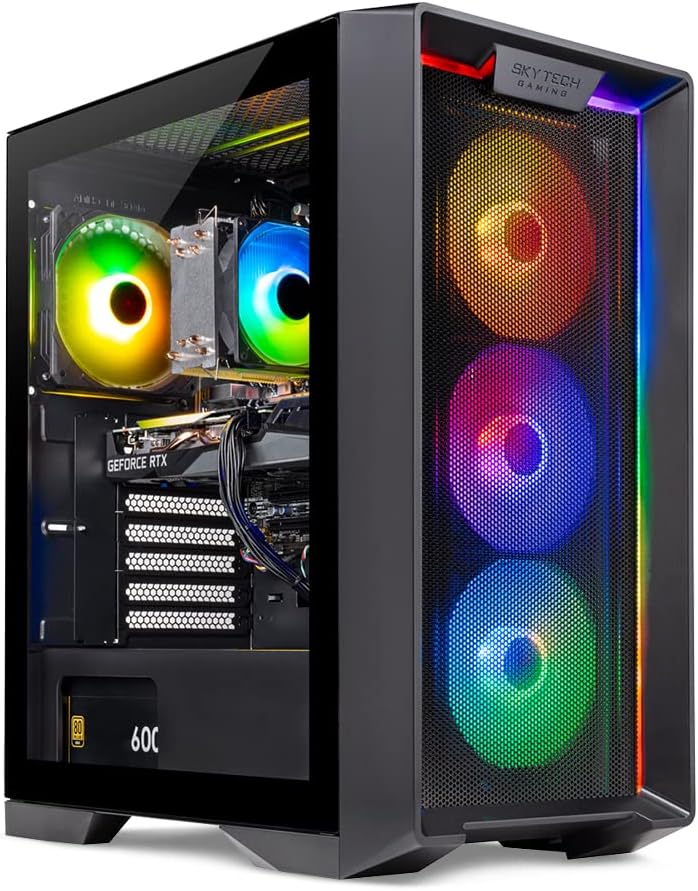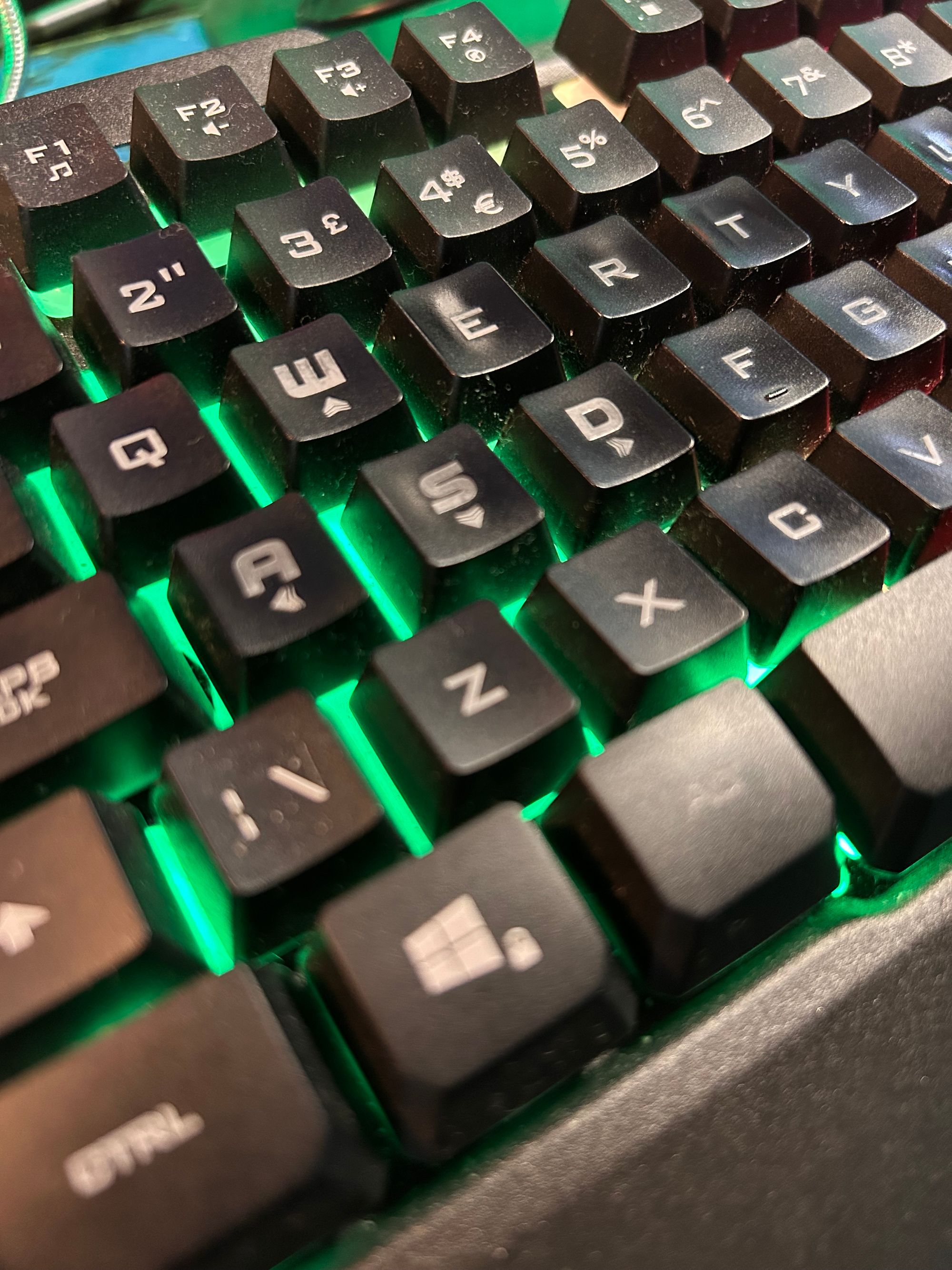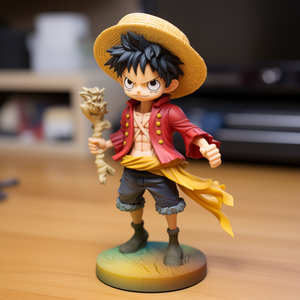In this article I’m going to show you what I consider to be the best computers for 3D printing, why I’ve made that suggestion and where to buy them.
The choices I’ve made may not be the cheapest on offer or indeed the most expensive. What I’m aiming for here is what best suits the needs of someone that wants to primarily use it to:
· Design and create 3D printable models:Using either free online or purchasable software
· Slice the model: Again, using appropriate software
· Communicate with the printer: The ability to send files either remotely or by wired connection. Also to monitor and control the printer using appropriate software
· Be easy to use and accessible:Many users want a computer that’s no frills and just does the job. There may also be specific needs related to accessibility (vision impairment or manual dexterity issues)
· Have enough storage: This could obviously be expanded but a 3D printing computer will also need to store designs and print files so a decent size memory is essential
These considerations may not be all that you’re looking for in a computer and you will probably want to use it for other things as well. These though are the minimum requirements I’m looking for in the computers I’m going to show you.
So, let’s get down to business and start by looking at a few of the best computers for 3d printing.
Skytech Nebula Gaming PC

What better way to start out than to combine everything you need from a PC for your 3D printing needs with a gaming PC as well.
There are a lot of gaming PCs on the market and making the choice of which one to buy can be a minefield. As I said, though, I’m not too worried about the gaming aspect of things as long as the computer fits all the other criteria.
The Skytech Nebula has a fast processor and pretty decent top line graphics card as well. This is to be expected from a gaming PC but it will have it’s advantages in the design and development of your 3D print files. For example, if you’re using a CAD software such as Blender , then having a decent graphics display will greatly enhance both the appearance and the ease of use of the software. This will then hopefully lead to better designs and creativity.
The 500 GB Hard Drive included is testament to the fact that you’ll be storing and saving games but it could have been bigger. This also works to the advantage of 3D printing use as you won’t run out of space to save your designs and STL files. You can again though expand the memory with an external drive
Wi-fi and Bluetooth connectivity are also part of the setup which will enable you to better find a way to connect to your 3D printer. You will need specific software to allow you to do this and it will also depend on your printer make and model. I will go over the software options though towards the end of this piece.
The Skytech Nebula Gaming PC is available from Amazon.com for around $700.
Verdict: A great Gaming PC which has all you need to work alongside your 3D printing needs
Tech Spec
|
AMD Ryzen 5 3600 |
|
|
Processor Speed |
4.2 GHz |
|
RAM |
16 GB |
|
Maximum RAM supported |
128GB |
|
Hard Drive |
500 GB SSD |
|
Graphics Coprocessor |
Nvidia GeForce GTX 1650 |
|
Graphics Card |
Nvidia RTX 3060 12GB (may vary) |
|
Graphics Card RAM |
4 GB |
|
Resolution |
4K UHD |
|
Operating System |
Windows 11 Home |
Raspberry Pi 400 and Raspberry Pi 4 B

The Raspberry Pi was originally developed as a tool for school pupils to learn the basics of computing. This has now developed even further and the latest incarnations of the Raspberry Pi are far more advanced than originally.
The units themselves have become very poplar with 3D printing enthusiasts as they’re relatively inexpensive and allow for almost infinite expansion and uses within the 3D printing environment. Most importantly though, a specific program called OctoPi has been developed which allows direct control of the 3D printer as well as some design and slicing options.
The basic spec of the Raspberry Pi isn’t that fantastic and you will need to add peripherals like a hard drive and monitor for instance. The Raspberry Pi 4000 though is the next stage in the minicomputer’s growth as it is now all incorporated into a compact keyboard.
The Raspberry Pi 4 B has basically the same spec as the 4000 but is literally the mainboard with all connection ports included.
The Raspberry Pi 4000 is available from Amazon.com for around $145 and the Raspberry Pi 4 B is around $70.
Verdict: Works well as a 3D printing tool but without expansion and added peripherals, there isn’t much else you will need it for.
Tech Spec
|
Broadcom BCM2711 quad-core Cortex-A72 (ARM
v8) 64-bit |
|
|
Processor Speed |
1.8 GHz |
|
RAM |
4 GB |
|
Maximum RAM supported |
4 GB |
|
Hard Drive |
N/A |
|
Graphics Coprocessor |
OpenGL ES 3.1 |
|
Graphics Card |
Vulkan 1.0 |
|
Graphics Card RAM |
N/A |
|
Resolution |
4K |
|
Operating System |
Raspberry Pi OS |
Lenovo Ideapad 3

Let’s now move into the world of laptops and as you can imagine, there are a vast amount to choose from. I’ve gone for the Lenovo IdeaPad 3 as it’s relatively inexpensive in computing terms for the spec that you get. It also does everything you need it to do for your 3D printing needs.
In terms of laptops it’s a nice model with a 15 inch full HD display and an impressive 1 TB of Hard Drive space. There are cheaper models in the same range but I think this will meet your needs and give you ample processing power to allow for gaming and work if needed.
A laptop may be a good option in terms of 3D printing as well due to its ease of portability and compact size. Its likely that your 3D printer isn’t in the same room as you do your computing so being able to take it and connect it to your printer makes it much easier.
The Lenovo IdeaPad 3 in this spec is available from Amazon.com for around $460.
Verdict: A good laptop with some serious storage. Ideal for everyday computing needs and for those needs specific to 3D printing.
Tech Spec:
|
Processor |
Intel Core i7 |
|
Processor Speed |
4.7 GHz |
|
RAM |
8 GB |
|
Maximum RAM supported |
N/A |
|
Hard Drive |
1 TB SSD |
|
Graphics Coprocessor |
Intel Iris Xe Graphics |
|
Graphics Card |
Integrated |
|
Graphics Card RAM |
8 GB |
|
Resolution |
1920x1080 Pixels |
|
Operating System |
Windows 11 Home |
Apple MacBook Air

Let’s now move away from the android/Windows based technology and have a look at a couple of Apple products.
The first is another laptop so has the same advantages as mentioned previously in terms of 3D printing. The memory capacity in terms of Hard Drive isn’t in comparison to the other two dedicated PCs that I’ve looked at but the processing speed and Ram are on a par.
This version of the MacBook has the newer M2 processing chip which is faster than the M1 by about 12% apparently. This won’t make much difference to your 3D printing usage but it’s good to know it’s a bit faster I guess.
What you’re getting with the MacBook is Apple’s quality and compatibility with other Apple products such as the iPhone and Apple Watch. These are things to bear in mind for everyday use if you own Apple devices but doesn’t really matter for 3D printing.
The Apple MacBook Air M2 is available from Amazon.com for around $1460 but you can also purchase through Amazon’s “renewed” service for around $1000.
Verdict: A great computer with decent processing and graphics capabilities. It may be a bit out of price range for just using as a 3D printing tool but if you’re going to use it for everyday projects then it may be worth the investment.
Tech Spec
|
Processor |
3.4 apple M2 |
|
Processor Speed |
3.49 GHz |
|
RAM |
16 GB |
|
Maximum RAM supported |
N/A |
|
Hard Drive |
512 GB |
|
Graphics Coprocessor |
Apple Integrated Graphics |
|
Graphics Card |
Integrated |
|
Graphics Card RAM |
16 GB |
|
Resolution |
2560x1664 Pixels |
|
Operating System |
MacOS |
Apple Mac Mini (Renewed)

If you’re looking for a cheaper option to the MacBook but still within the Apple Brand then look no further than the Apple Mac Mini.
There are a lot of these types of computers around now that offer high power performance but in a small, compact box. I personally don’t use a Mac but I do use a Windows based computer of similar size and processing power etc. I can’t fault it so would imagine that the Apple Mac Mini will deliver the same kind of performance.
You’ll notice that I’ve added the “Renewed” to the end of the title as this in my opinion is a good option if you’re on a tight budget. The new Apple Mac Mini with the same spec etc. as this one will run to around $1400 whereas you can pick this one up for just over $230. You can therefore see the appeal.
The Apple Mac Mini comes in many different spec configurations but this one has 8GB of Ram and a massive 1 TB Hard Drive. You’ll obviously need a monitor, keyboard and mouse to get fully set up but with the money you’ve saved over buying new, you’ll be able to afford these.
The Apple Mac Mini (Renewed) is available from Amazon.com.
Verdict: A great option if you want to work with Apple tech but can’t necessarily afford to buy new. The computer itself is at the mid to high end of the range but in a small and compact package.
Tech Spec:
|
Processor |
Core i5 |
|
Processor Speed |
2.8 GHZ |
|
RAM |
8 GB |
|
Maximum RAM supported |
N/A |
|
Hard Drive |
1 TB |
|
Graphics Coprocessor |
Intel HD Graphics 5000 |
|
Graphics Card |
Intel integrated |
|
Graphics Card RAM |
16 GB |
|
Resolution |
2560 x 1600 pixels |
|
Operating System |
MacOS |
Software
I’ve mentioned about the types of software that you will need to use to interact between your computer and 3D printer. The connection interface you use will be dependent on the printer and which combination of the two devices you choose. This will then in turn determine what is likely to be the best software to use.
As there are so many possible combinations, its hard to be specific with my software recommendations. I will though just briefly cover some details about a few slicers and what are known as “3D printer hosting” programs.
· Repetier: A slicer software that also allows for remote monitoring and control of your 3D printer by using Repetier Host
· Ideamaker: Again, a slicer that offers remote interaction with your printer
· OctoPrint: This is a bit different as there’s no slicer element but you can remotely control and monitor your printer with the added bonus of an embedded webcam feed
· OctoPi: I mentioned this earlier and this is the Raspberry Pi specific version of OctoPrint with all the same capabilities
Other software will be slicers such as Cura and CAD programs like Tinkercad and Blender. These are all free to access and will enhance your experience and enjoyment of 3D printing.
Accessibility
I mentioned right at the start of this that accessibility is an important part of computer choice for many people if they have a particular disability or impairment. Much of this will come down to the choice of peripherals such as adaptive or different coloured keyboards, an ergonomic mouse and things like extended arm rests etc.
However, software is the key to accessibility in computing terms and having the appropriate settings to allow full access to programs. The majority of slicers, CAD and hosting software will allow you to change settings such as working in “Dark Mode” and have zoom and enlargement tools built in. You may though need or already have specific adaptive software on your computer that can aid with visual and audio needs.
Conclusion
I’ve shown you a few options of what I think are the best computers for 3d printing but in all honesty, you don’t need anything fancy or expensive. All you need is a computer that will run the software you’re going to use, have the right connectivity options and maybe have some additional usage as a gaming or work PC.
Hopefully though I’ve given you an idea as to what to look for so I’m sure you’ll make the right choice and find the best computer for 3D printing.










